Manual labeling processes are slow, inefficient, and prone to errors.
Could labeling automation be a good option for improving the process? If so, could robots be a good approach?
Is it even possible to automate a labeling task with a robot?
Labeling is a vital task in many manufacturing and packaging processes. Whether you label your finished products for shipping or you add tracking labels during the manufacturing process; it’s likely that your company applies many labels every day.
The problem is that manual labeling is a very inefficient process. People can end up spending hours of their work shift just sticking labels to products and workpieces.
Not only is manual labeling a bad use of people’s time, but it also leads to errors that can cause compliance issues and incorrect tracking of products.
Automation is a tried and tested solution to improve labeling processes. What type of labeling automation is right for you?
What Options Are Available for Labeling Automation
If you have decided to introduce labeling automation to your operations, you are probably comparing the various options on the market.
There are two main categories of solutions for labeling automation.
These are:
- Conventional labeling automation — Fully automated labeling machines are often large, expensive, and inflexible. Usually, each machine is designed for just one type of labeling task. It can perform this task at very high throughputs. As a result, this type of automated labeler is only really suitable for mass production environments.
- Robotic labeling automation — A newer approach to automated labeling is to incorporate robots into the process. This provides more flexibility to the task and opens up labeling automation to a wider number of companies. There are two main approaches to automated labeling with a robot (see below).
Within both of these categories, there are many different systems available on the market. Which system you choose will depend on your specific needs. But, first, you should decide if you will opt for a conventional or a robotic process.
Labeling Automation With Robots?
Robotic labeling is a rather new approach to labeling automation.
You might be wondering why you would choose to use a robot for this task, given that robots are most often associated with tasks like pick and place or palletizing.
4 Reasons to Automate Labeling with a Robot
There are some very good reasons to opt for automated labeling.
Some of the most compelling reasons to use a robot are:
- Flexible Labor Savings — Hiring new people is expensive. Adding labor costs makes sense for those high-value tasks that make the best use of people’s skills. However, labeling is not a value-added task. A labeling robot is often a much better solution and is more flexible if there is fluctuating demand for the task
- Increased Throughput — Robots can increase the throughput of your labeling process significantly compared to manual labeling. Some robots are much faster than humans at the task and almost all robots can operate 24-hours a day, which drastically improves throughput in the long term.
- Consistent Label Placement — Over the course of a long shift, people make mistakes in label placement. Robots are very consistent and so will improve the quality of the labeling task. If you have programmed your robot correctly, the number of errors can be reduced to zero.
- Waste Reduction — Fewer labeling mistakes also mean less wastage. Robots can both reduce the number of labels that are wasted and reduce the product wastage caused by compliance issues from incorrectly placed tracking labels.
How to Program Your Labeling Automation Robot
Before you deploy your labeling robot, it’s important to think about how you will program the robot.
Conventional robot programming is difficult and requires significant robotics expertise. However, when you use the right robot programming software, programming can be quick and easy; even if you don’t have previous experience with robotics.
We recommend choosing a good offline programming software as this will give you the most flexibility in your programming.
You have 2 options for programming a labeling robot using offline programming software:
Option 1: Machine Tending a Labeling Machine
Perhaps you already use a semi-automated labeling machine for your labeling. This is a machine where your operator places the object to be labeled next to the machine and presses a button to apply the label.
In this case, a robot can be used to pick up the object and hold it near the semi-automated labeling machine. One company used this approach in a demo to apply personalized stickers to plastic drinking cups.
In this case, you would program the robot to perform the pick and place motion then use I/O signals to activate the labeling machine instead of pressing the button by hand.
Option 2: Labeling Directly With the Robot
The second approach is to attach a labeling tool directly to the end of the robot arm. This makes the approach similar to a human operating a handheld labeling tool.
In this case, you would add the labeling tool as a tool in your offline programming software. You can add new tools very quickly if you are using RoboDK. You would then program the robot to move to the location of each object and activate the labeling tool.
Test Your Labeling Process With a Robot Now
Would you like to test your labeling task with robotic automation before you purchase your robot?
You can do this very easily in RoboDK. Just pick download a free trial copy if you aren’t using it already and add your labeling robot into the simulator.
This will allow you to test the application in a simulation before you commit to purchasing the physical robot cell.
How could labeling automation help your process? Tell us in the comments below or join the discussion on LinkedIn, Twitter, Facebook, Instagram, or in the RoboDK Forum.

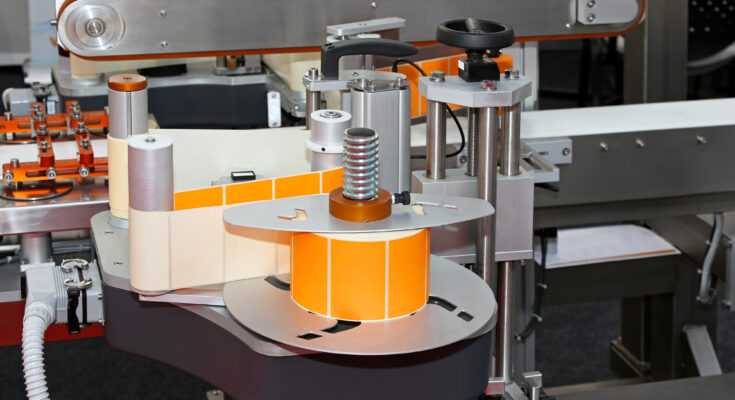
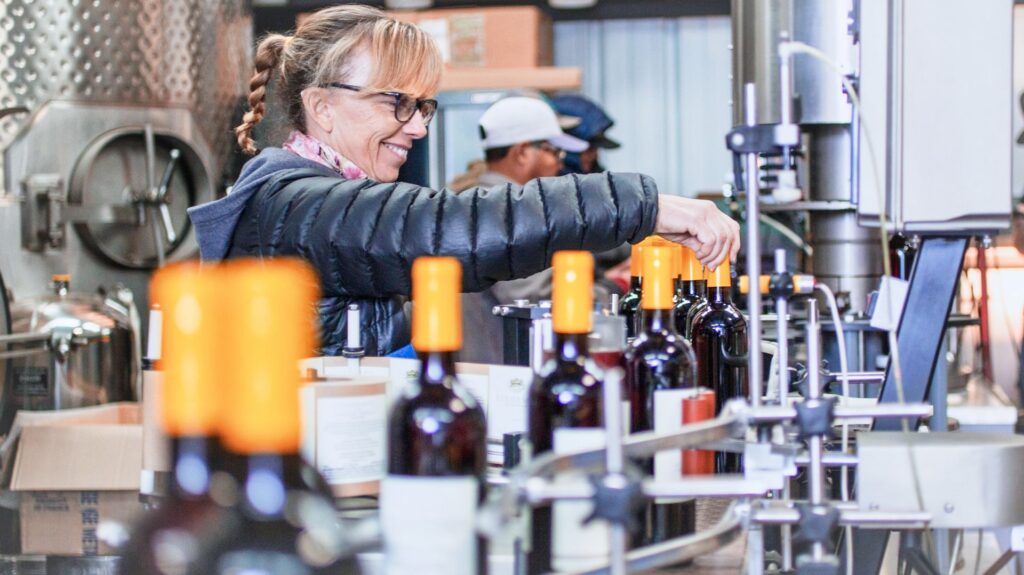
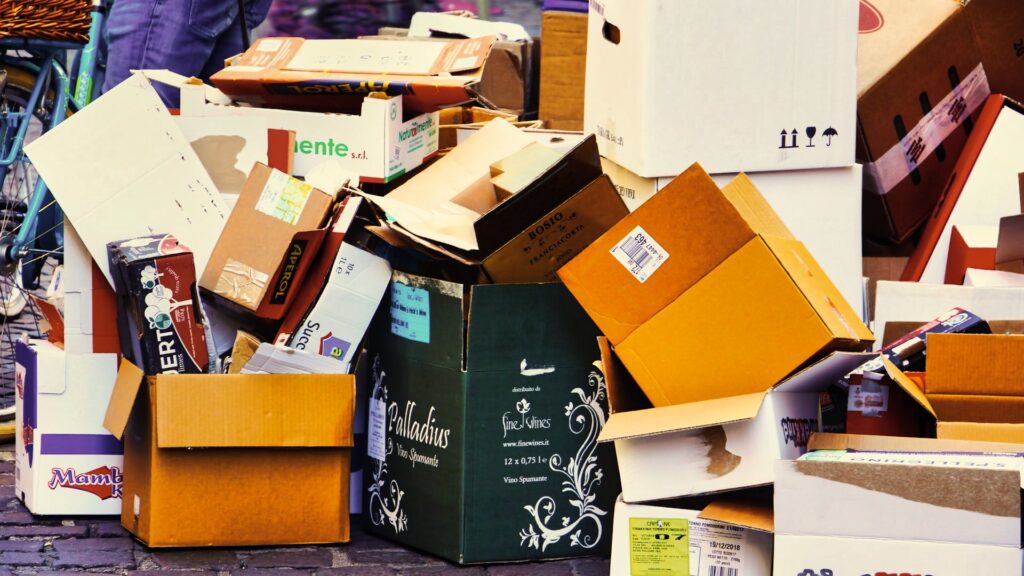
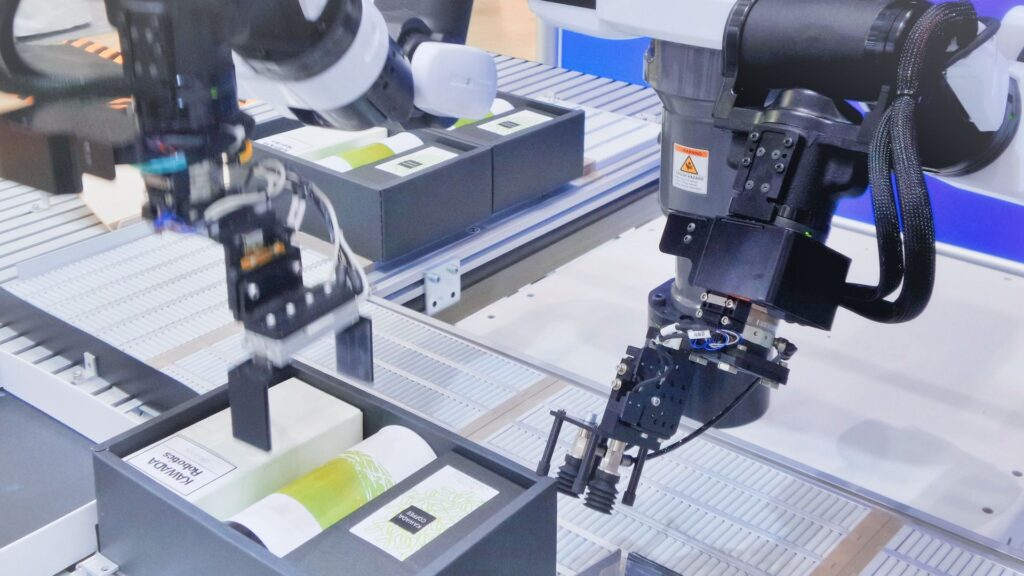
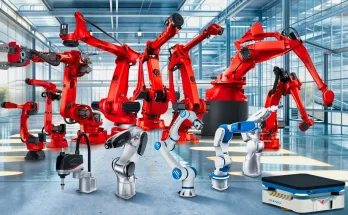


It’s a no-brainer to know that the packaging industry is reaping benefits with complete automation technology. Good post!